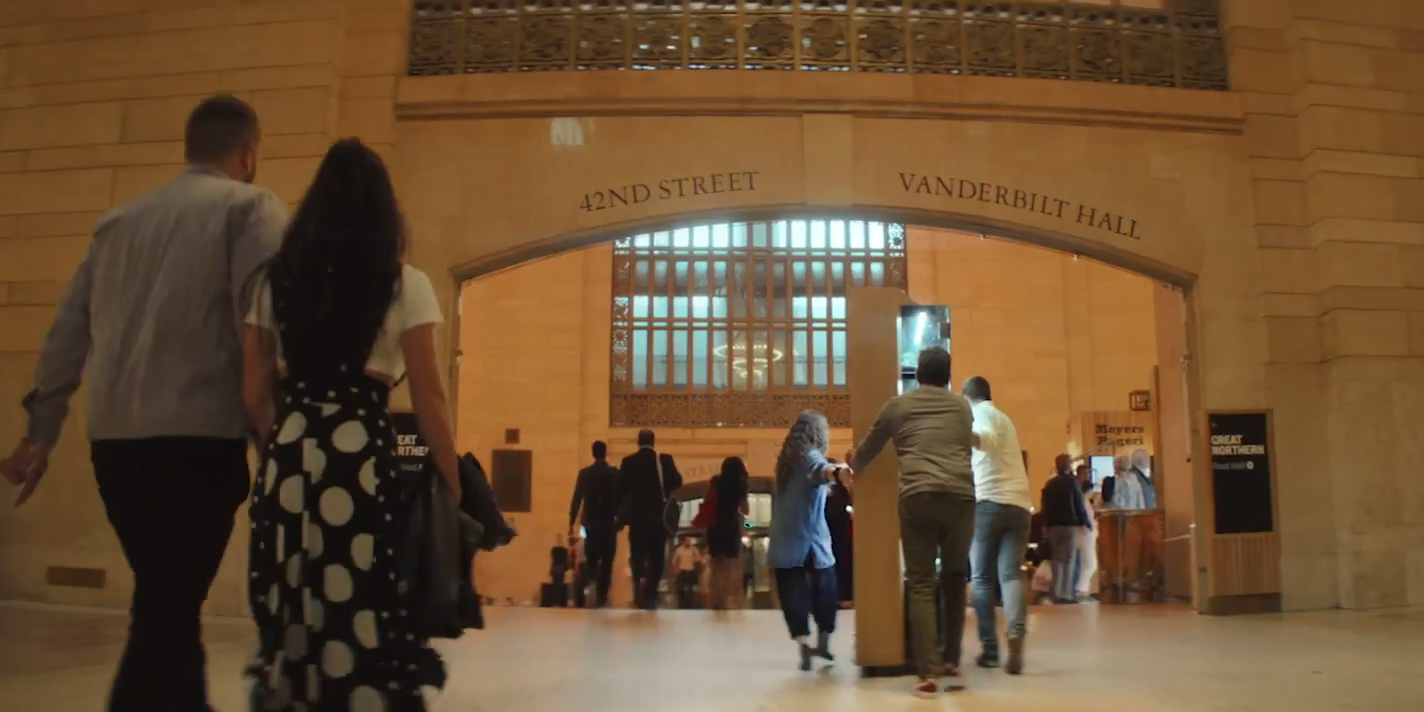URBAN-X is a Brooklyn-based venture-capital firm that educates, invests in and advocates for
companies shaping the future of cities through technology and design. It connects leaders in the public and private sectors to help early-stage startups turn ideas into viable solutions for urban life.
The forum gathered experts from design, transportation, and funding fields to discuss transportation networks’ future, fittingly, near the L-Train’s first of 19 stops in Brooklyn.
The L subway line and its riders are symbiotic. The recent decision by New York Gov. Andrew Cuomo to enact a Hurricane Sandy remediation plan different from one that had been accepted prompted spirited discussion by the panelists and the public.
Prognosis?
The future of transit is not one to be shaped by planners, politicians or visionaries; influences of funding, climate change, burgeoning population and ridership are significant factors.
Infrastructure after Hurricane Sandy, for example, isn’t something to remain untouched in our lifetimes.
Climate change?
The L-train line remediation, as discussed by panelist Kate Slevin, an senior vice president with the transportation-oriented Regional Plan Association, is a portent for coming climate change.
She also said that Secaucus, N.J., where NJ Transit’s Lautenberg Station is, will see permanent one-foot flooding by 2030, and potential six-foot flooding by 2100.
Funding was also on the list. The New York City Transit Authority’s Fast Forward program for capital improvements requires New York City to adopt traffic congestion pricing similar to London’s. If that funding is not available, it was mentioned that New York transit fares would need to be raised by almost 30 percent more, in addition to the almost 10-percent fare increase currently on the table.
Population?
The L-Train moves a volume of passengers roughly equivalent to the population of Spokane, Wash., (about 217,000 people) every day.
When the Transit Authority started in 1953, few could foresee the possibility of a communication-based train control-equipped L subway line running trains every four minutes at 10 p.m. as now happens. While transit-ways and other surface systems were mentioned, rail transit was deemed the best way to move people quickly and efficiently.
A rail transit future?
The current New York and Atlantic/CSX Transportation line from Bay Ridge in Brooklyn to the Bronx using the Hell Gate Bridge is being eyed as a new rail transit option, said Slevin. Another panel participant seemed confident that the BQX light-rail line between northern Queens and south Brooklyn would open. A proposal to operate a separate NYC subway maintenance company, similar to what is done in Europe, was also mentioned.
And what of the future of rail transit? While the panel could not forecast specifics, the range of panel specialists cited the current L-train change of reconstruction as indicative of problems to be solved in the next 30 years. Climate change, public transit organizations and their public funding, increased population and subsidies will all play a larger role in the future.















Wouldn’t the BQX light-rail be essentially at water level, and therefore extremely vulnerable to a storm surge?
There is nothing new under the sun